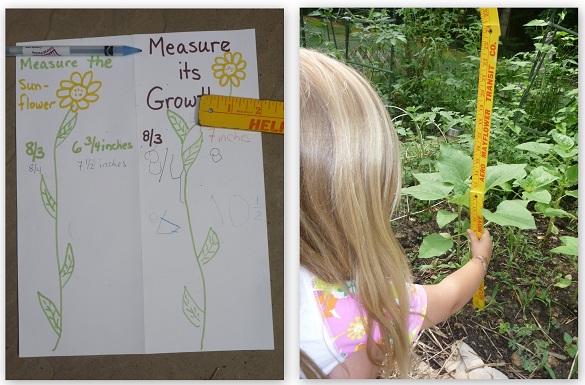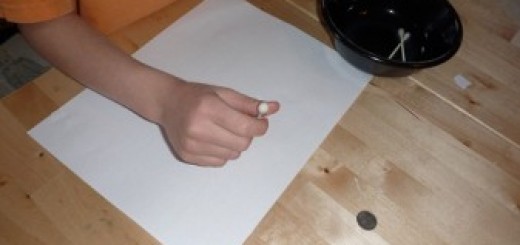Honoring the Mars Exploration Team and How You Personally Have Benefited from the Space Program
Later today, the mission team for NASA’s long-lived Mars Exploration Rovers Spirit and Opportunity will be awarded the Haley Space Flight Award. Mars Exploration Rover Project Manager, John Callas, will accept the award on behalf of the team. Previous recipients of this prestigious award have included Alan B. Shepard, John Glenn, Thomas Stafford, Robert Crippen, Kathryn Sullivan and the crew of space shuttle mission STS-125, which flew in 2009 on the last shuttle...
































































